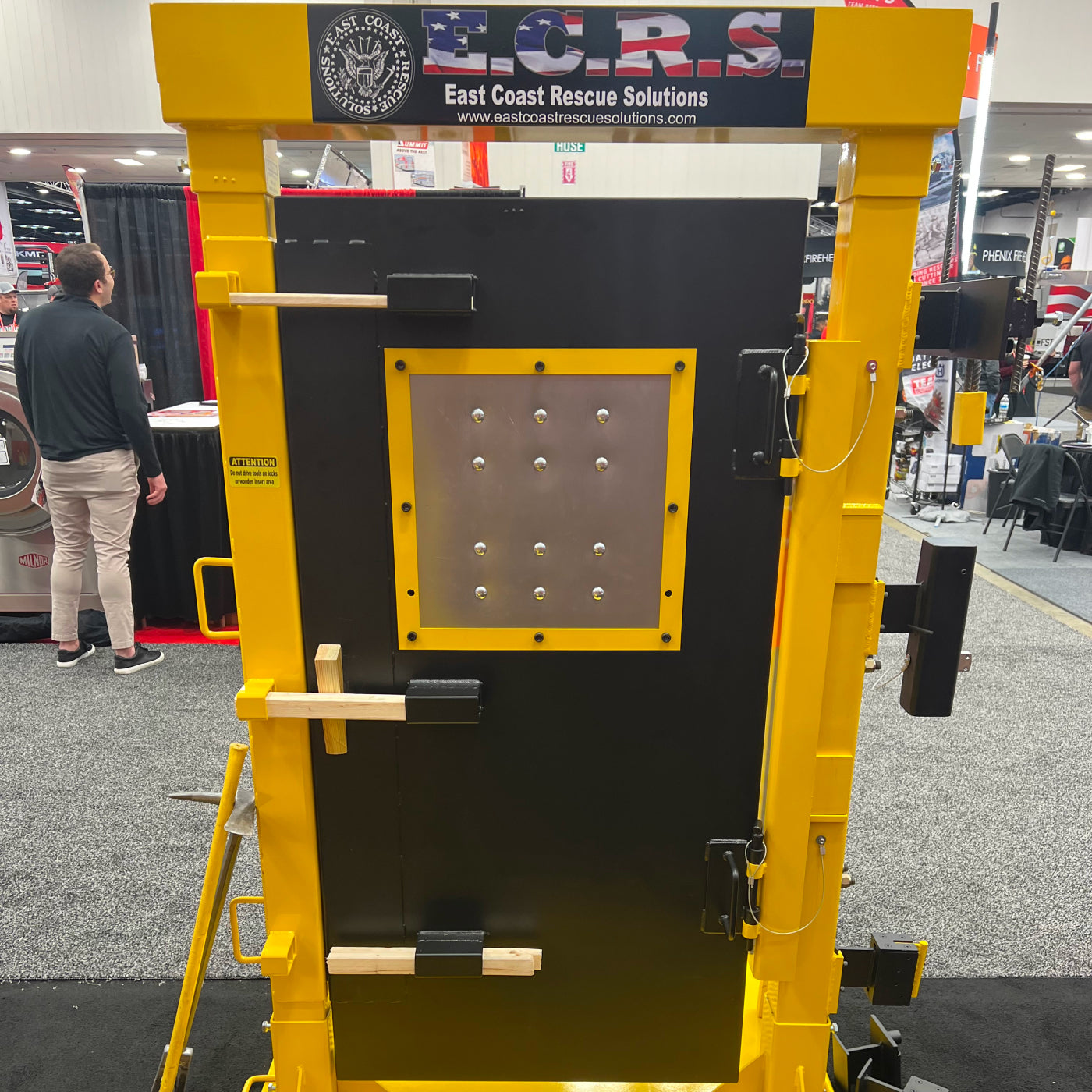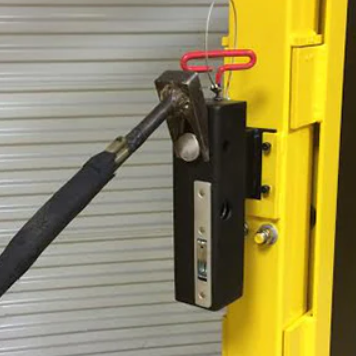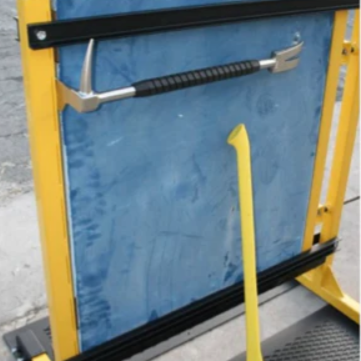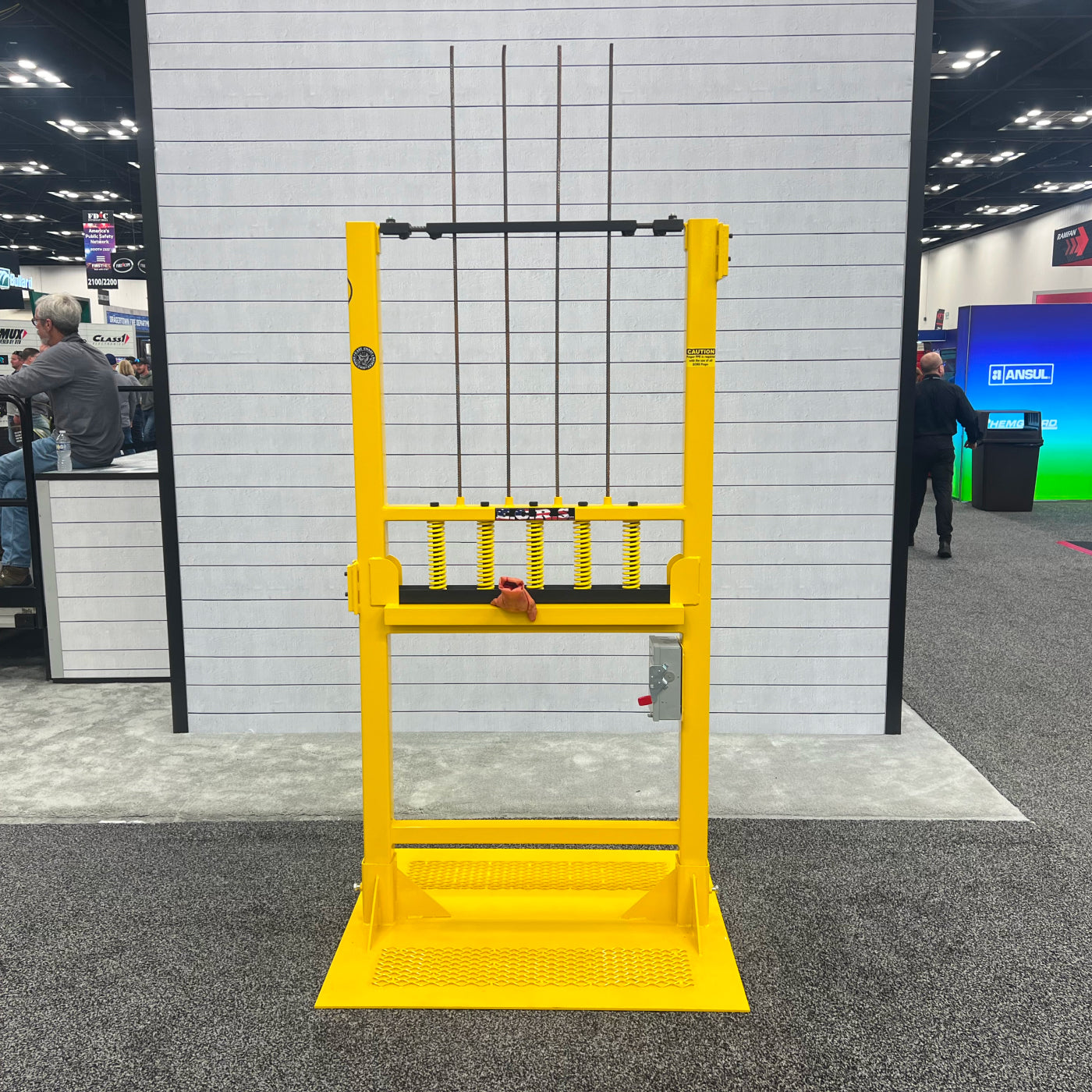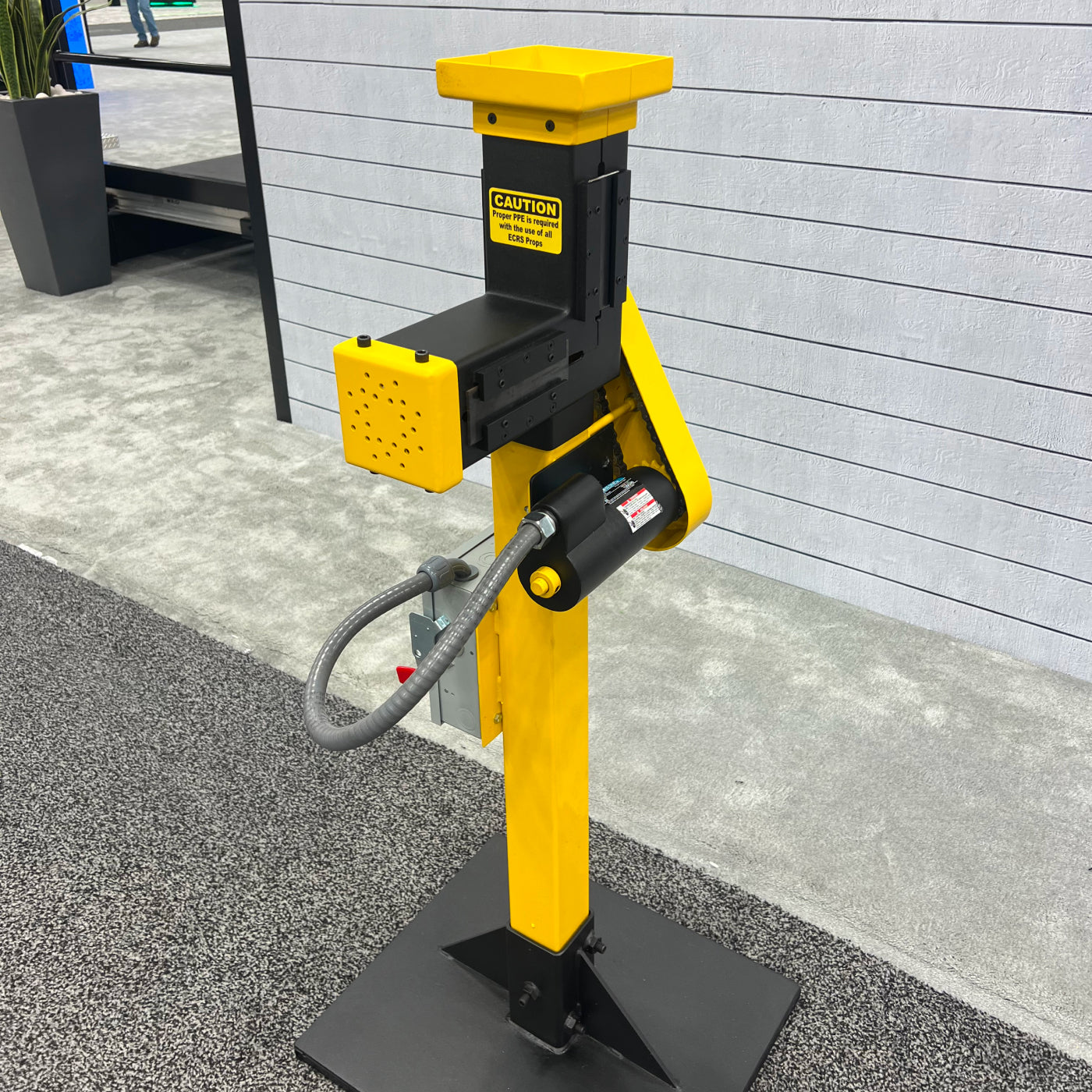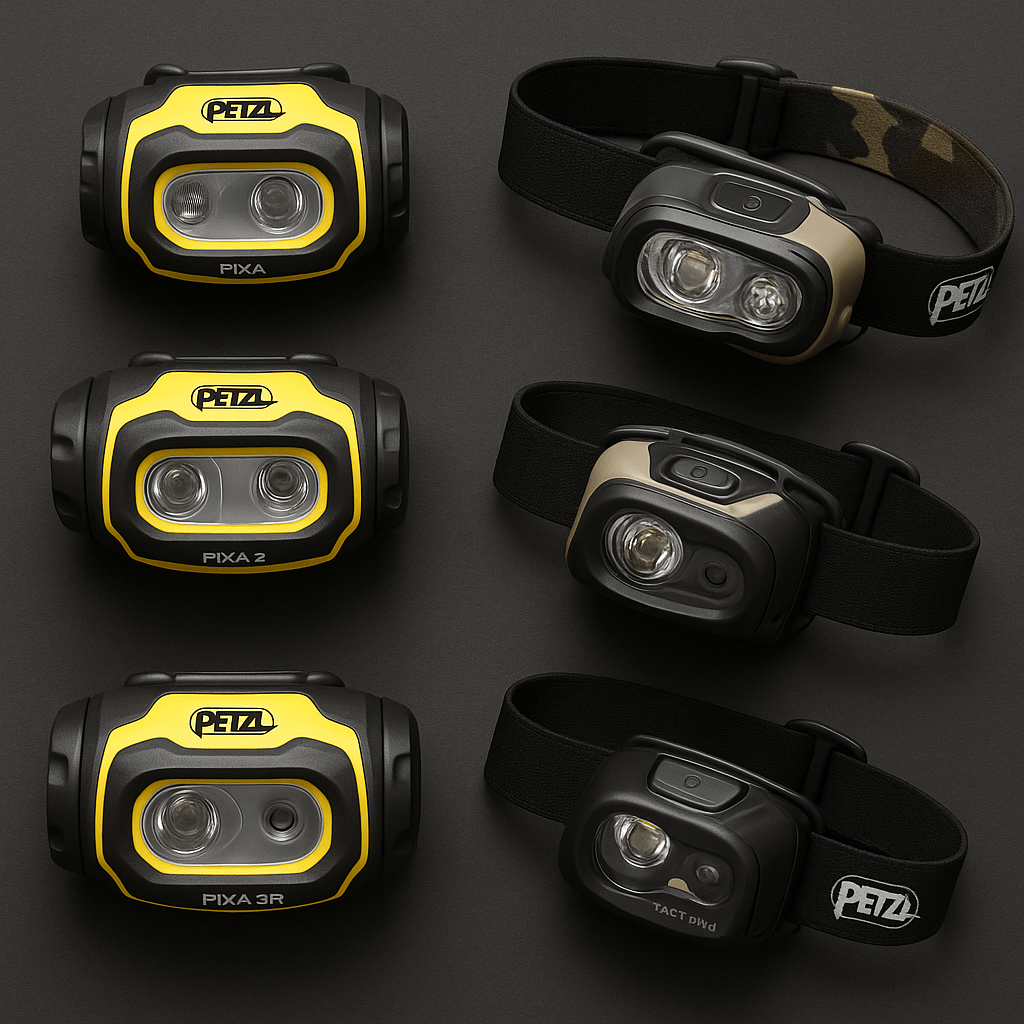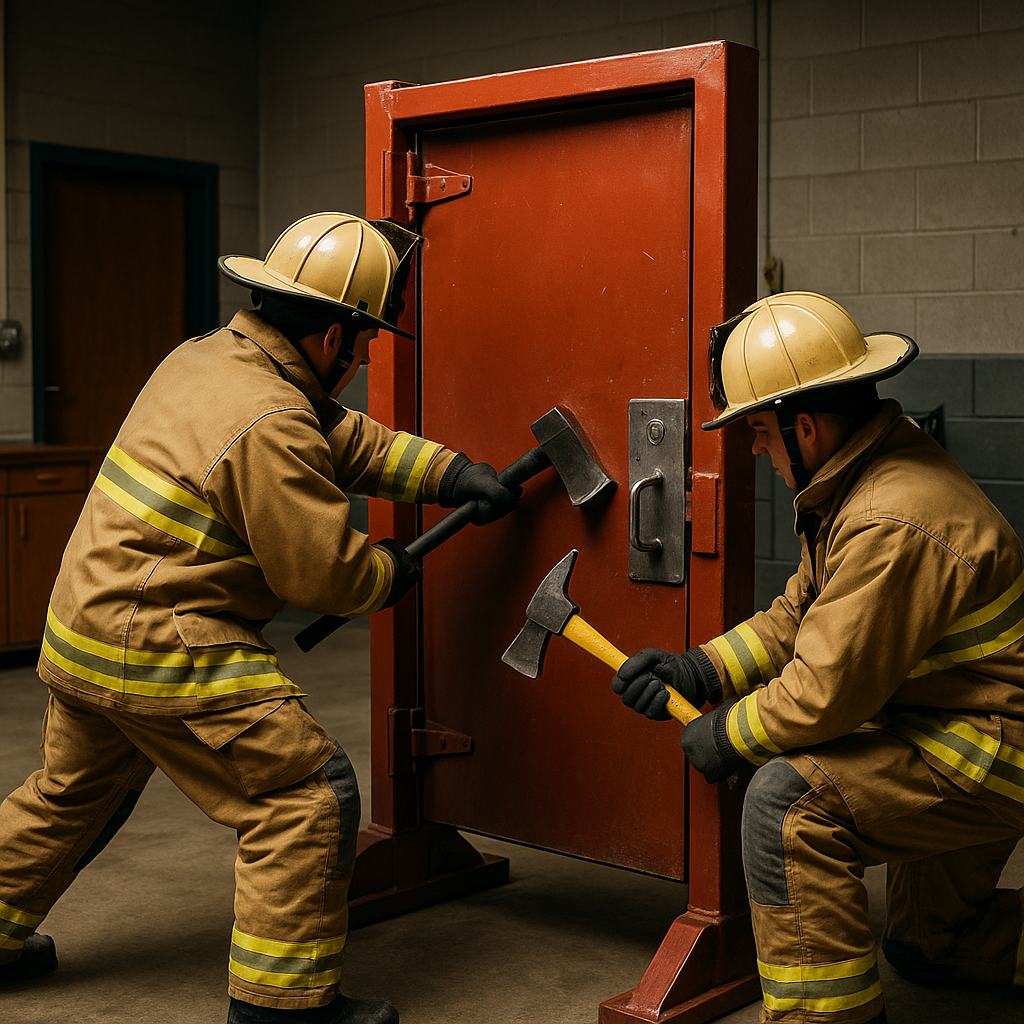Forcible entry is one of the most critical skills in firefighting and rescue work. Whether rescuing occupants from a burning building, locating a lost hiker trapped behind a locked gate, or providing access to medical teams in an emergency, the ability to breach barriers quickly and safely can mean the difference between life and death.
This article explores the role of forcible entry in search and rescue (SAR) operations, its impact on success rates, and the techniques that ensure rescuers can operate effectively under pressure.
Why Forcible Entry Matters in Search and Rescue
In search and rescue, time is always the enemy. Locked doors, fortified windows, security gates, and other obstacles can delay rescuers from reaching victims. Forcible entry ensures:
-
Rapid Access to Victims: Firefighters and rescuers can quickly reach areas where people may be trapped.
-
Improved Ventilation and Egress: Creating secondary openings can improve conditions for trapped occupants and rescuers.
-
Operational Flexibility: When primary entry points are blocked or unsafe, alternative access points can be created.
-
Support for Medical and Evacuation Teams: Gaining entry enables medics to reach patients and establishes exit routes for safe evacuation.
Common Scenarios Requiring Forcible Entry
Structural Fires
In a fire environment, rescuers may need to breach doors, windows, or even walls to reach victims. Coordinated forcible entry also helps control fire behavior by regulating ventilation and improving visibility.
Collapsed or Compromised Buildings
After disasters such as earthquakes or explosions, rescuers often face blocked or jammed doors. Forcible entry tools like Halligan bars, rotary saws, and hydraulic spreaders become essential for clearing debris and creating paths for search teams.
Remote or Outdoor Rescues
Search teams may encounter locked gates on private land, vehicles with trapped occupants, or shelters with jammed entrances. Quick entry keeps operations moving without unnecessary delays.
Essential Tools for Forcible Entry in SAR
Modern rescuers rely on a combination of manual and powered tools:
-
Halligan Bar and Flathead Axe (The Irons): Versatile for prying, twisting, and punching.
-
Rotary and Chain Saws: For cutting metal doors, roll-down gates, and heavy timber.
-
Through-the-Lock Kits: Allow access with minimal damage—ideal for alarm activations or welfare checks.
-
Hydraulic Spreaders and Cutters: Adapted from vehicle extrication for stubborn barriers.
-
Wedges and Straps: Secure progress and maintain door control once a breach is started.
Integration with Search and Rescue Tactics
Size-Up and Planning
Before forcing entry, rescuers must size up the structure or obstacle:
-
Identify hazards: Structural instability, smoke movement, or electrical wiring.
-
Choose the least destructive path: Through-the-lock or windows over cutting load-bearing walls.
-
Coordinate with ventilation and fire suppression teams: Prevents creating dangerous flow paths.
Door Control and Victim Protection
Forcing a door isn’t just about access—it’s about maintaining tenable conditions. Crews often control the door after opening to prevent fresh oxygen from accelerating fire growth or smoke movement.
Search Patterns and Entry Points
Strategically forcing multiple openings can improve search patterns, ventilation, and egress options. For example, opening a rear door or window can speed search efforts or provide a quick escape if conditions worsen.
Training and Preparedness
Proficiency in forcible entry doesn’t happen overnight. SAR teams must:
-
Practice on training props: Adjustable door simulators and real-world scenarios.
-
Train with full PPE and SCBA: Simulating realistic conditions to build muscle memory.
-
Review building construction trends: Understand how modern hardware and reinforced frames affect technique.
-
Conduct multi-agency drills: Coordinate entry with fire suppression, EMS, and law enforcement.
Balancing Speed, Safety, and Property Conservation
While speed is critical, rescuers must balance it with safety and property preservation. Through-the-lock techniques are favored when time allows, while more aggressive methods are reserved for high-risk, life-threatening situations. Minimizing unnecessary damage can reduce costs for occupants and prevent additional hazards like weakened structural elements.
Case Example: Apartment Fire Rescue
During a multi-family apartment fire, the primary entrance was blocked by fire conditions. Crews used forcible entry on a secondary door to conduct a search and rescued two occupants. The rapid, coordinated breach—done while maintaining door control—kept the fire in check and allowed the victims to be found before conditions worsened.
Looking Forward: The Future of Forcible Entry in SAR
Emerging technologies like thermal imaging, smart locks, and lighter, stronger materials for tools are improving forcible entry capabilities. Training is also shifting toward data-driven performance analysis, ensuring rescuers can evaluate and refine their techniques for maximum efficiency.
Conclusion
Forcible entry is far more than breaking down doors—it’s an integral part of search and rescue operations that saves lives, protects rescuers, and preserves property. By combining the right tools, modern techniques, and coordinated teamwork, firefighters and SAR teams can overcome obstacles quickly and safely, ensuring victims are reached in the precious seconds that matter most.

